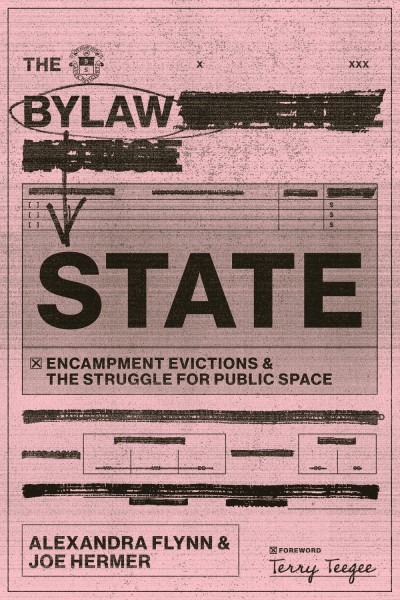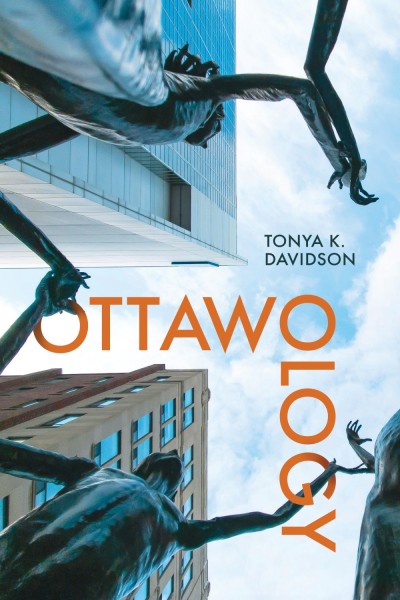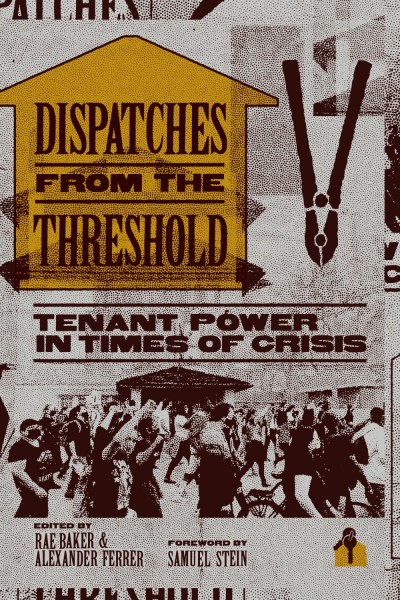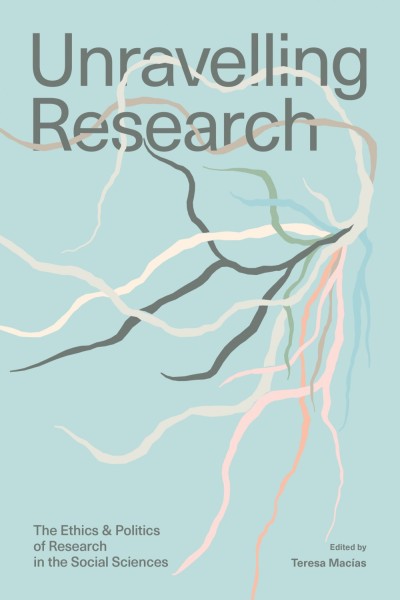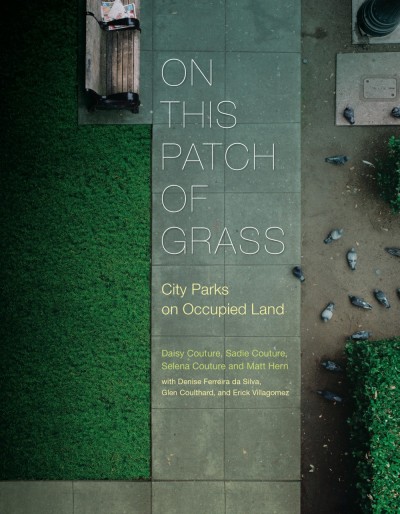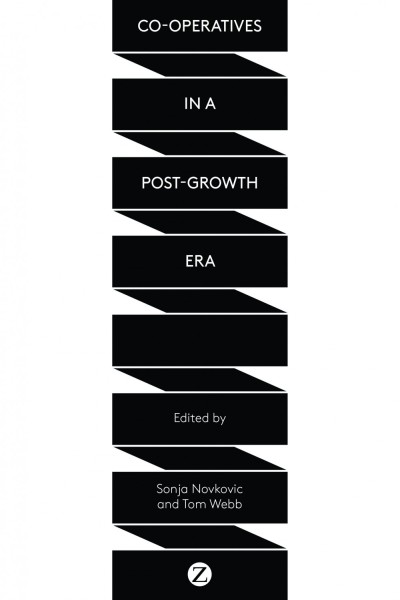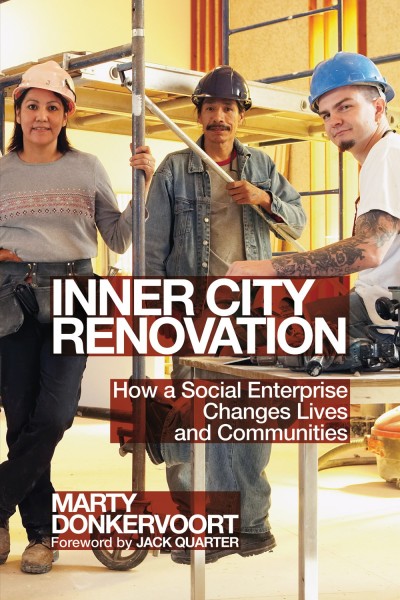
Finding Their Way Again
The Experiences of Gang-Affected Refugee Youth
When positive support mechanisms are insufficient and if basic human needs are not met, young refugees are at risk for involvement in criminal and gang activity.
About the book
Ongoing and protracted conflicts around the world have led to annual increases in the number of people living as refugees, a situation only worsened by anti-immigration policies across the West. Increasingly, Winnipeg, Manitoba, is home to many of these refugees. Refugees face multiple challenges integrating into their new environments, but these challenges can be particularly difficult for youth. When positive support mechanisms are insufficient and if basic human needs are not met, young refugees are at risk for involvement in criminal and gang activity.
Using qualitative research methodology, Matthew Fast explored the perceptions, challenges and experiences of war-affected refugee youth who became gang involved after settling in Winnipeg. Fast argues that in order to assist young refugees in their successful transition into a foreign culture and society, it is essential to understand how their perceptions and experiences inform their identity and behaviour. Such an understanding must inform policy and future approaches by government and community-based organizations to assist refugees in their transition.
Contents
- Acknowledgements
- Part 1 Displacement and Resettlement
- The Global Refugee Crisis
- Refugee Settlement in Manitoba
- People and Their Stories
- Part 2 A New Kind of War Zone, A New Kind of Child Soldier
- Refugees in Winnipeg’s Inner City
- Challenges for Young Reugees in Winnipeg
- Mad Cowz: The Emergence of Refugee Youth
- In Winnipeg’s Street Gangs
- The Shooting of Shaggy and the Formation of the African Mafia
- Caught in the Crossfire: The Shooting of Phil Haiart
- Conclusion
- Part 3 Violence Begets Violence
- Youth and Warfare
- Experiences with Direct Physical Violence
- Structural Violence
- Basic Human Needs
- Risk Factors and Challenges
- Conclusion
- Part 4 Down the Path to Gang Life
- Challenges Adapting to School
- Perceptions of the Neighbourhood
- Peer Group
- Challenges in the Family
- Perceptions of the Ethnic Community
- Perceptions of Law Enforcement
- Key Findings and Conclusions
- Part 5 Walking Away from Gang Life
- Role Models
- Turning Points
- Coping Strategies
- Fighting for Their Lives
- Key Findings and Conclusions
- Part 6 Finding a Way Forward
- Ripple Effects: Local, National and Global
- Addressing the Root Causes
- It Takes a Village
- Support Systems, Resources and Programs
- Looking to the Future
- Final Conclusions
- References
- Index


